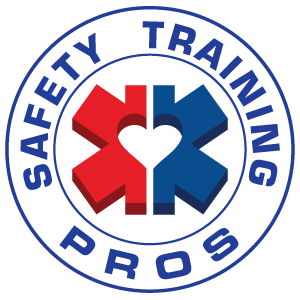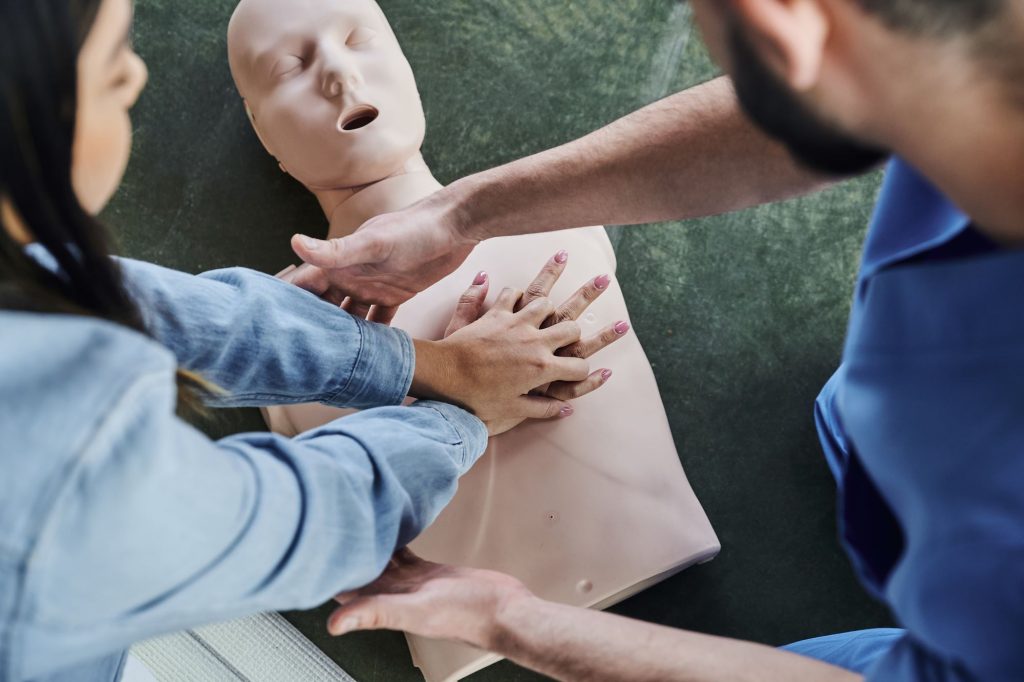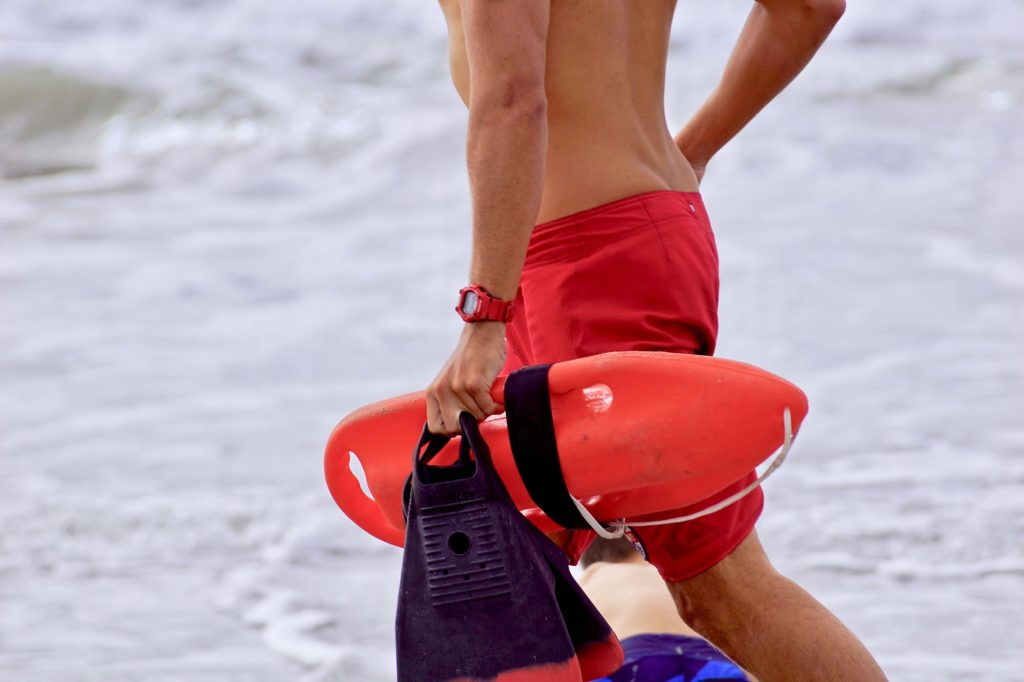- April 18, 2017Many emergency responders including Lifeguards, complete a patient care report on the incidents they respond to. Responders involved in the…
- November 14, 2016Have you ever asked yourself, what is the rationale behind the steps for caring for an unresponsive person with an…
- October 10, 2016Did you know that sudden cardiac arrest takes the lives of over 300,000 Americans each year? According to Mary Newman, SCA Foundation…
- September 26, 2016"Students can be taught the fundamental life-saving skill of hands-only CPR in 30 minutes or less" EMS1 Staff In August, Gov. Jerry…
- October 8, 2015An automated external defibrillator (AED) is a lightweight, portable device that delivers an electric shock through the chest to the…
- September 9, 2015Set yourself apart from the crowd by adding Advanced Lifeguard Training to your resume. Our training is only offered once…
- September 9, 2015We’ve all seen her, and many of us have learned our lifesaving CPR skills on her. You might ask who…



